Note on the Rape Of the Lock pdf download - ppup part 1 english honours notes and study material pdf
[ Note on the Rape Of the Lock pdf download - ppup part 1 english honours notes and study material pdf ]
In this BlogPost we'll cover These Topics - ppup part 1 english honours notes and study material pdf, PPUP part 1 english honours ug study material download, PPUP part 1 english honours ug study material free, PPUP part 1 english honours ug study material online, PPUP part 1 english honours ug study material pdf, PPUP part 1 english honours ug study material quora, patliputra university guess paper 2024 pdf, The Rape of the Lock as a mock epic, The Rape of the Lock themes, The Rape of the Lock as a social satire, The Rape of the Lock PDF, Rape of the Lock Canto 1 summary, Which meter is used in the poem The Rape of the Lock, The Rape of the Lock Canto 2, Which of the following is not an episode in The Rape of the Lock
Introduction to Rape Of the Lock Poem
About the Rape Of the Lock Poem | ppup part 1 english honours notes and study material pdf
About the Rape Of the Lock's Character
About the Author of Rape Of the Lock
Rape of the Lock line by line explanation to its context | ppup part 1 english honours notes and study material pdf
Questions. Discuss The Theme of Rape of the Lock.
Questions. Who is Arabella Fermor?
Questions. The Story Behind Rape of the Lock.
Conclusion for Note on the Rape Of the Lock pdf download
I hope You got what you were looking for ..reading this post Note on the Rape Of the Lock pdf download - ppup part 1 english honours notes and study material pdf ... and if you got any query ..you can comment below so we can provide you further assistance.





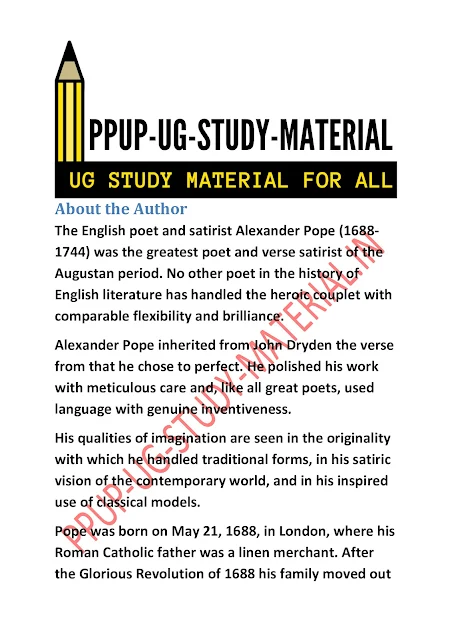




















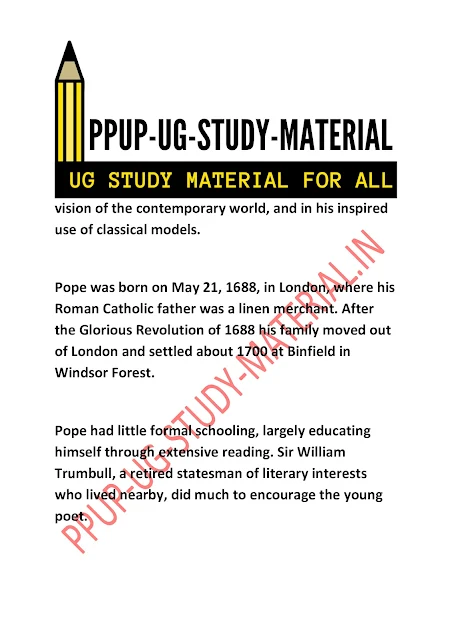















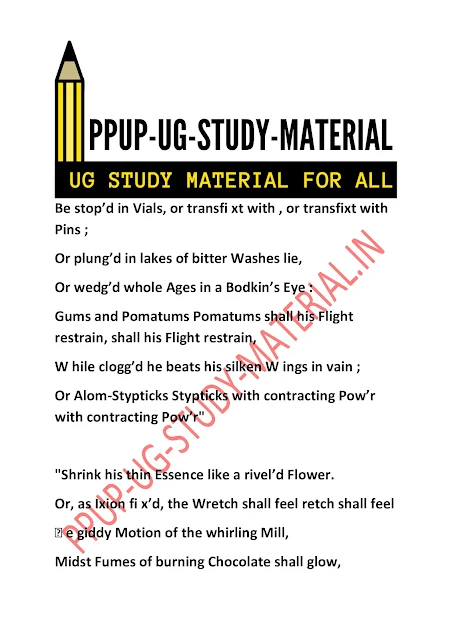










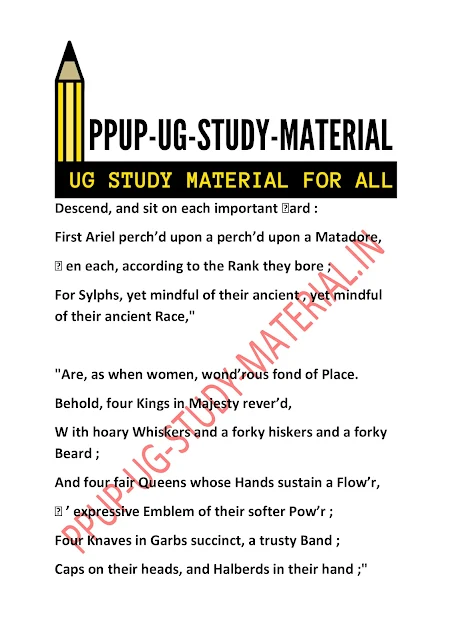
















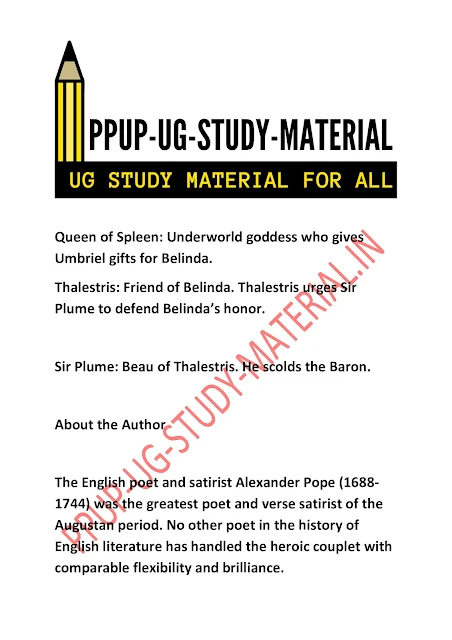



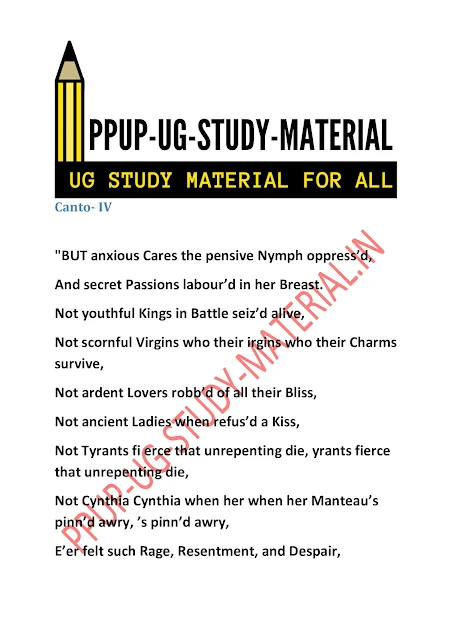























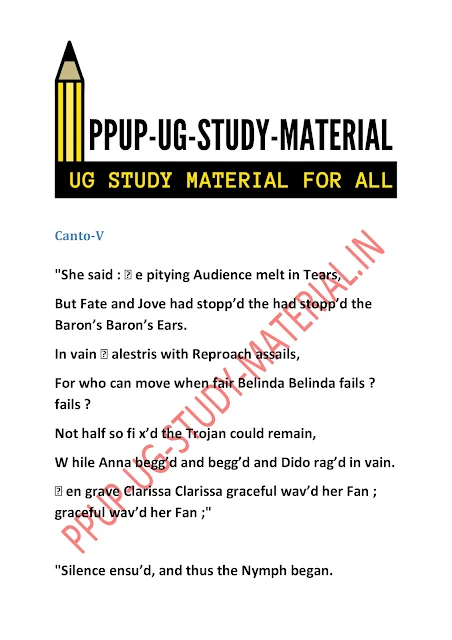


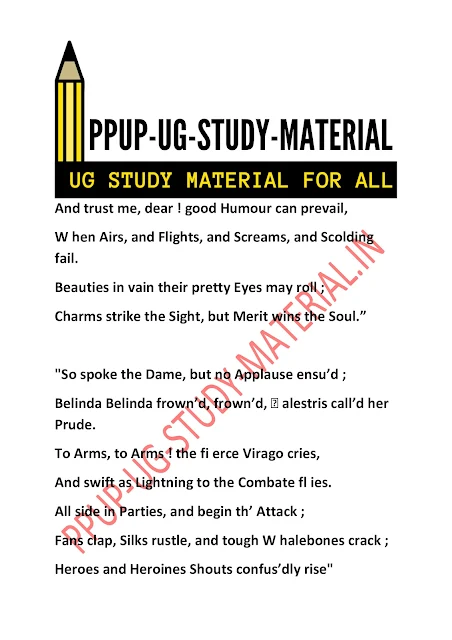









































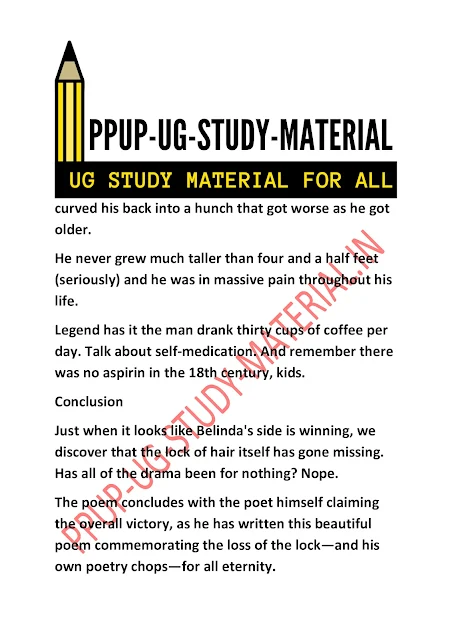








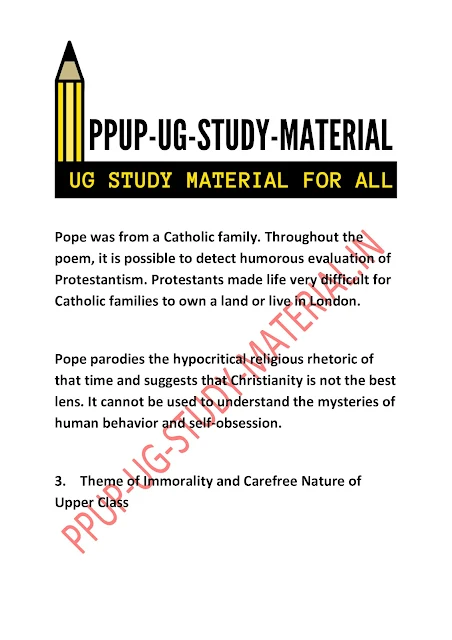











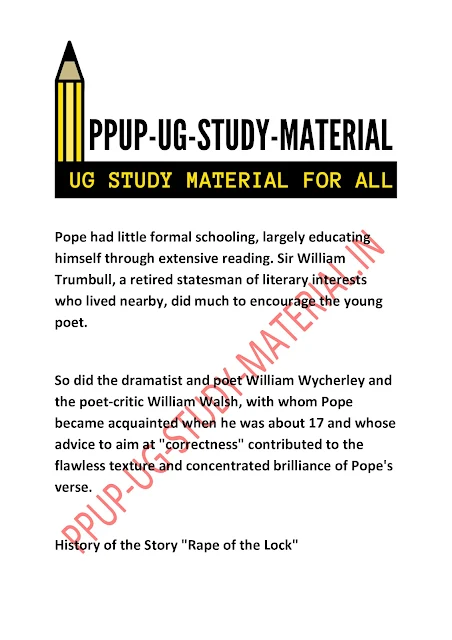










No comments